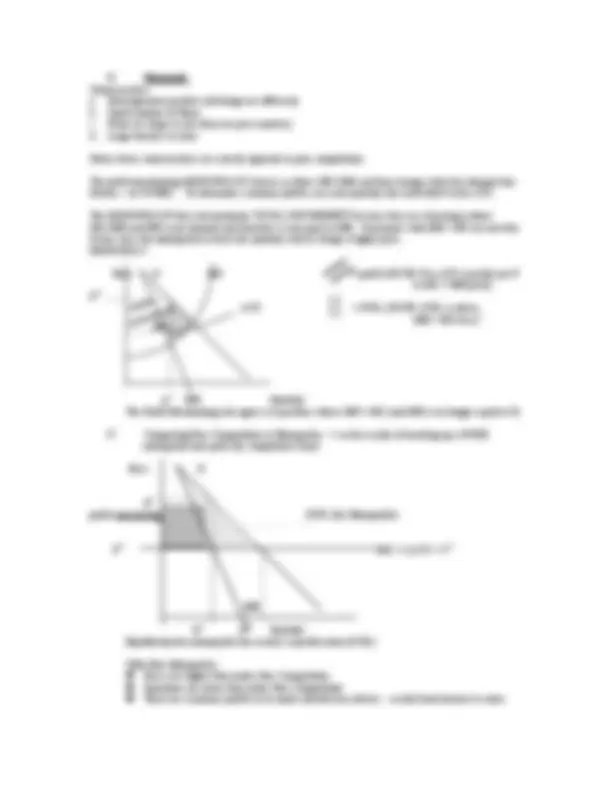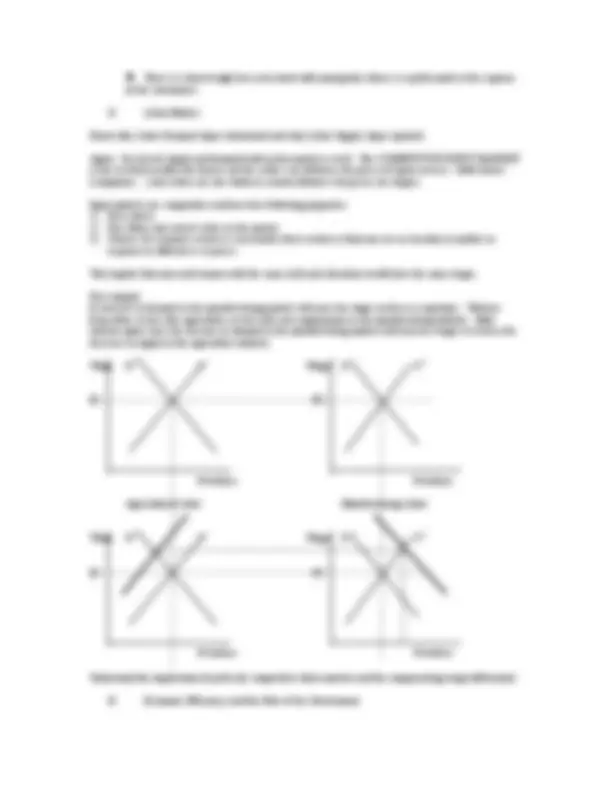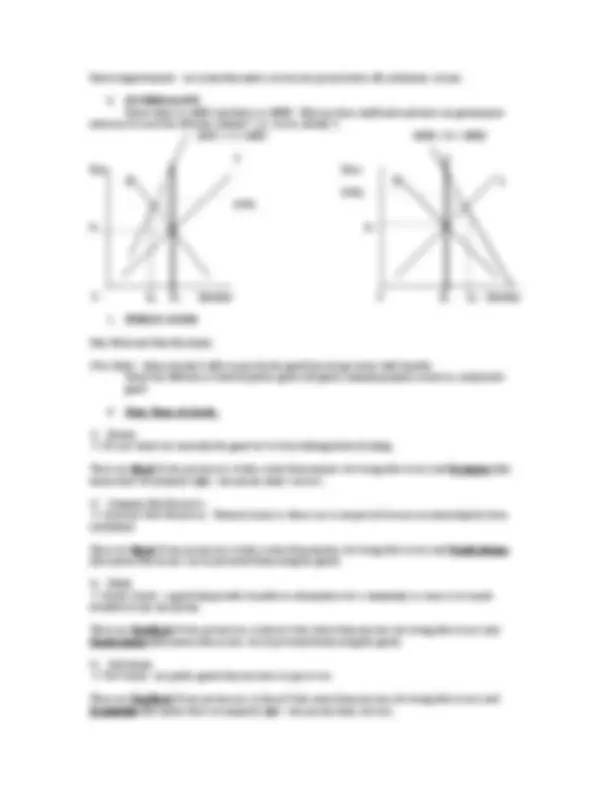





Study with the several resources on Docsity

Earn points by helping other students or get them with a premium plan


Prepare for your exams
Study with the several resources on Docsity

Earn points to download
Earn points by helping other students or get them with a premium plan
Community
Ask the community for help and clear up your study doubts
Discover the best universities in your country according to Docsity users
Free resources
Download our free guides on studying techniques, anxiety management strategies, and thesis advice from Docsity tutors
Implicit Costs: measured in units of money, but are not paid for directly in money. The costs of nonpurchased inputs, to which a cash value must be imputed ...
Typology: Study notes
1 / 5

This page cannot be seen from the preview
Don't miss anything!




A. Explicit Cost vs. Implicit Cost and Accounting Costs vs. Economic Costs : Economic Cost: the monetary value of all inputs used in a particular activity or enterprise over a Æ Economic costs reflect the opportunity cost of resources.given period. Explicit Costs: paid directly in money - money costs. A firm incurs explicit costs when it pays for a factor of production at the same time it uses it.
Accounting Costs: Measures the explicit costs of operating a business - RESULTS FROM PURCHASES OF INPUT SERVICES. Economic Profit: given period. It is the TR - OC. OC are the explicit and implicit costs of the best alternative actions the difference between the total revenue and the cost of all inputs used by a firm over a forgone. (TR-TC) Æ From now on, if I refer to “profit” that is referring to economic profit.
B. Production and Costs: COST CURVES :
C. Pure Competition: a. Homogenous product (all making the EXACT same thing) b.c. Large numbers FirmsFirms are small in size (they cannot affect price) d. NO barriers to entry These characteristics are important they allow you to differentiate between types of industry. The profit maximizing purely competitive firm chooses q where MC=MR=P (demand). To determine ifthere is a profit or a loss, you can find the per unit profit, which is found from the quantity line and the
ATC. If ATC>P the firm is making an economic loss (IT WILL ONLY PRODUCE IF P>AVC). If ATC<P the firm is making an economic loss. The pure competitor MAXIMIZES TOTAL NET BENEFIT.... why because MC=MB (demand). Profit Maximizing (output decision) Price MC ATC Price D S
P=MR=AR
q 0 Quantity/time Quantity/time If firms are pure competitors there will be no economic profit (in the long run): they will produce at q (^) o and be price takers. Since P=MR =MC economic profit = 0. The profit maximizing rule is to choose qNOT confuse yourself.... all types of firms produce where MC = MR 0 where MR = MC, in pure competition P = MR. To, in pure competition P = MR (however, with MONOPOLIES, monopolists= MR). STILL choose q 0 where MC = MR but no longer is P
Be able to determine what happens in the long run.
q 0 Quantity/time Quantity/time Be able to do the same thing with the constant cost industry.
There is a dead weight loss associated with monopolies (there is a profit made at the expense of the consumers) G. Labor Market Know why Labor Demand slopes downward and why Labor Supply slopes upward. Again - the law of supply and demand hold in this market as well. The COMPETITIVE INPUT MARKETis one in which neither the buyers nor the sellers can influence the prices of input services. Both buyers (companies…) and sellers (us, the workers) cannot influence the prices (or wages) Input markets are competitive and have the following properties.1) Price takers 2)3) Free Entry and exit of sellers in the marketOwners of economic resources can transfer their resources from one use or location to another in response to differences in prices. This implies that men and women with the same skill and education would have the same wages. For example:In increase in demand in the manufacturing market will raise the wages in these occupations. Workers from other sectors (the agriculture sector) will seek employment in the manufacturing industry. Bothworkers gains since the increase in demand in the manufacturing market will increase wages as well as the decrease in supply in the agriculture industry. Wage D A^ S A^ Wages D M^ S M
$2 $
Agricultural Labor Manufacturing Labor
Wage D A^ S A^ Wages D M^ S M
$2 $
Understand the implication of perfectly competitive labor markets and the compensating wage differential. H. Economic Efficiency and the Role of the Government
Pareto improvements – an action that makes at least one person better off, and harms no one.
1. EXTERNALITY: intervene to reach the efficient solution? (i.e. tax or subsidy?)^ Know what is a MEC and what is a MEB. Why are these inefficient and how can government MSC = S + MEC MSB = D + MEB
Price S Price D (^) DWL D S DWL P (^) E P (^) E
0 QO Q (^) E Quantity 0 QE QO Quantity
These are Rival (if one person uses it takes away from anyone else being able to use) and Exclusive (this means there are property right - one person alone can use).
Æ (^) Common Pool Resources Common Pool Resource: Natural resources whose use is not priced because no ownership has been established. These are (this means that no one can be prevented from using the good). Rival (if one person uses it takes away from anyone else being able to use) and NonExclusive
Public Æavailable to any one person. Public Goods : a good that provides benefits to all members of a community as soon as it is made
These are NonRival (if one person uses, it doesn’t take away from any one else being able to use) and NonExclusive (this means that no one can be prevented from using the good).
These are NonRival (if one person uses, it doesn’t take away from any one else being able to use) and Excludable (this means there are property right - one person alone can use).